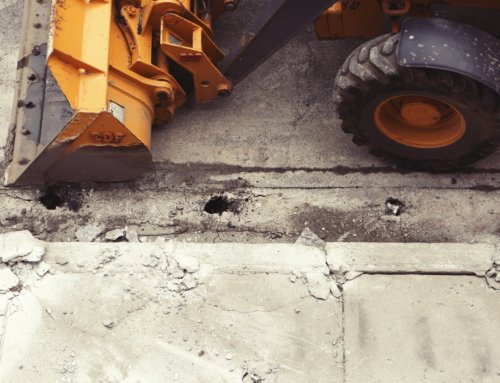Construction delays are inevitable despite advanced planning and meticulously crafted contract documents.There are construction delays that are predictable and are easier to identify and address in project timelines and contract docs. It is the unexpected issues that can cause a substantial delay like errors in the plans and specs, unforeseen ground conditions, and owner issues (i.e. financing problems or design changes). These types of complex situations can be devastating to your projects milestones so it’s important to implement steps to minimize the impact such as:
1. Make sure you have all applicable permits in place before each phase of construction commences.
2. Make sure there is proper site access for subcontractors, suppliers, etc. to come and go.
3. Make sure your site is secure to prevent or minimize theft of equipment or materials.
4. On-site injuries cause delay so have a plan in place in case of an emergency.
5. Hire the best and most experience employees for each position.
6. Try to minimize the amount of change requests by the owner if possible.
7. Make sure that communication between all parties involved in the project is streamlined and that if problems arise, they are resolved quickly.
8. Constantly monitor your schedule and costs.
9. Consider the potential impact of union labor.
10. Make sure that there are proper updates going to the owner on project progress and vice versa. Communication is key.
When/if a construction delay occurs, it’s important that contractors take the necessary steps to avoid bearing costs for the delay. There are a few steps that need to be taken such as:
1. Give Written Notice of the Event – This needs to be done according to the terms of the contract.
2. Document The Event – This should be in the contractor’s record including the date of the event, who saw the event and their contact info, who received notice, etc. Photos and videos should be taken and filed away with all other documentation.
3. Create a Separate Delay File for Each Event – This will keep you organized and allow you to retrieve documents much easier and timely.
4. Change the Time Schedule – Calculate how the event has affected your schedule and keep track of pre-event and post-event timelines.






Leave A Comment